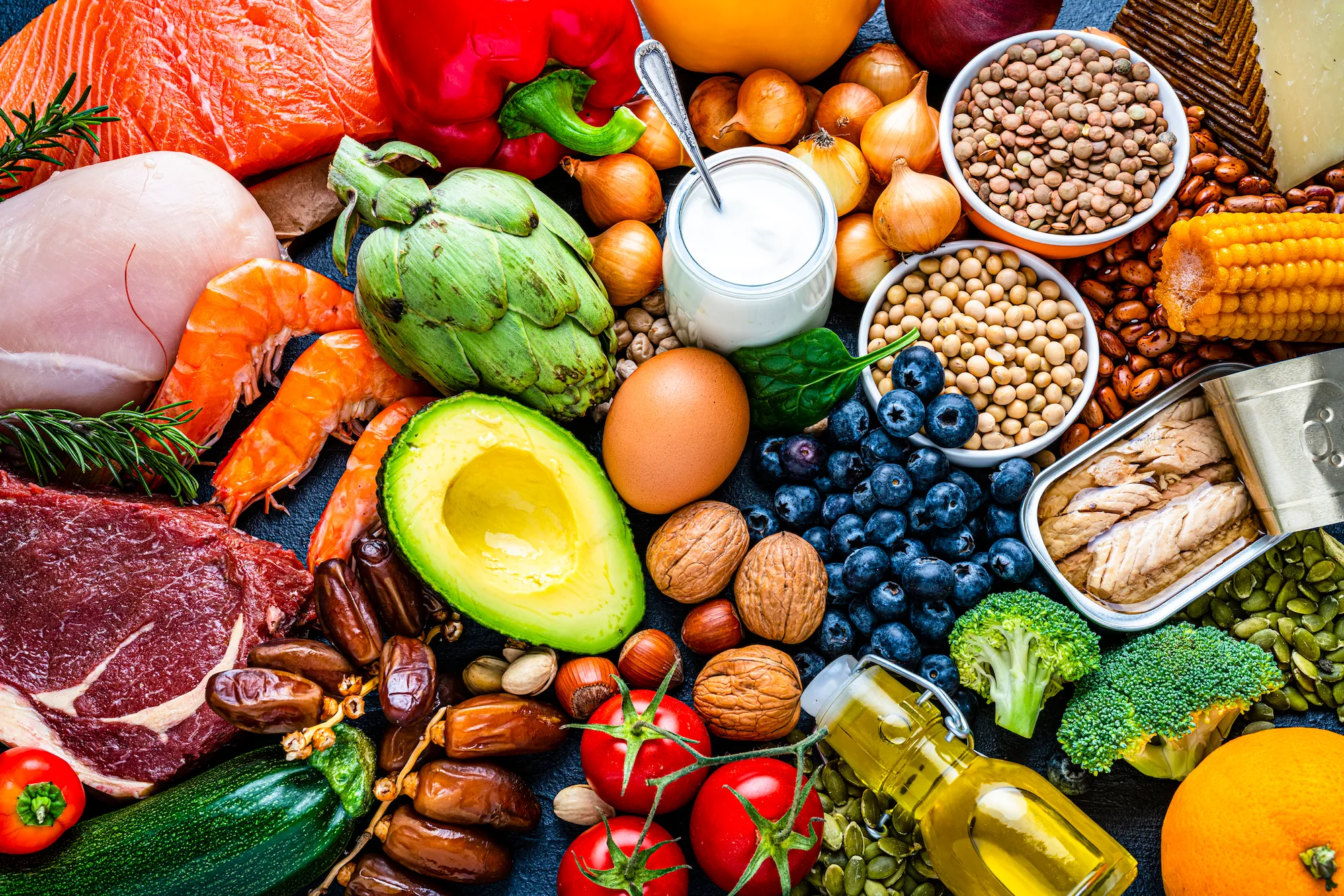Creating a healthy salad involves choosing nutritious ingredients and incorporating a variety of flavors and textures. Here are some tips to help you create a healthy and satisfying salad:
- Start with a leafy green base: Choose a variety of dark, leafy greens as the foundation of your salad. Options like spinach, kale, arugula, or mixed greens provide vitamins, minerals, and fiber.
- Add a variety of colorful vegetables: Include a mix of colorful vegetables to add flavor, texture, and nutrients. Consider options like tomatoes, cucumbers, bell peppers, carrots, radishes, broccoli, or beets. Aim for a rainbow of colors to maximize nutrient diversity.
- Incorporate lean proteins: To make your salad more filling and balanced, add a source of lean protein. Options include grilled chicken, tofu, chickpeas, beans, boiled eggs, or seafood like shrimp or salmon. These protein sources provide satiety and essential amino acids.
- Include healthy fats: Add a source of healthy fats to your salad, such as avocado slices, nuts, seeds (chia, flax, sesame), or a drizzle of extra virgin olive oil. Healthy fats aid in nutrient absorption and provide satiety.
- Add whole grains or legumes: For added fiber and complexity, consider adding cooked quinoa, brown rice, or a small portion of whole grain pasta. Alternatively, include legumes like lentils, kidney beans, or chickpeas to boost protein and fiber content.
- Balance flavors: Play with a variety of flavors to create a well-rounded salad. Incorporate a mix of sweet, sour, salty, and savory elements. Add fresh or dried fruits for sweetness, a splash of citrus juice or vinegar for acidity, and a pinch of sea salt or herbs for seasoning.
- Keep dressing in moderation: Use dressings sparingly or choose healthier alternatives like olive oil and vinegar, lemon juice, or yogurt-based dressings. Be cautious with high-calorie dressings that can add excess fat and calories.
- Add herbs or spices: Sprinkle fresh herbs (such as basil, cilantro, or parsley) or spices (like cumin, paprika, or turmeric) to enhance the flavor and nutritional profile of your salad.
- Customize with toppings or extras: Include additional toppings to personalize your salad, such as crumbled feta cheese, sliced olives, roasted vegetables, dried fruits, or toasted nuts. Just be mindful of portion sizes to maintain balance.
- Keep it fresh and prepare in advance: Prepare your salad with fresh ingredients shortly before eating, or pack components separately for a make-ahead option. This allows for better texture and taste.
Remember, portion sizes and ingredient choices may depend on individual dietary needs, so adjust according to your preferences and any dietary restrictions. Focus on creating a balanced and nutritious salad that meets your specific goals and preferences.












Jili777 App really stands out with its smooth gameplay and variety of slots like Fortune Gems. A must-try for fans of online gaming! Jili777 App has nailed the balance between fun and quality.